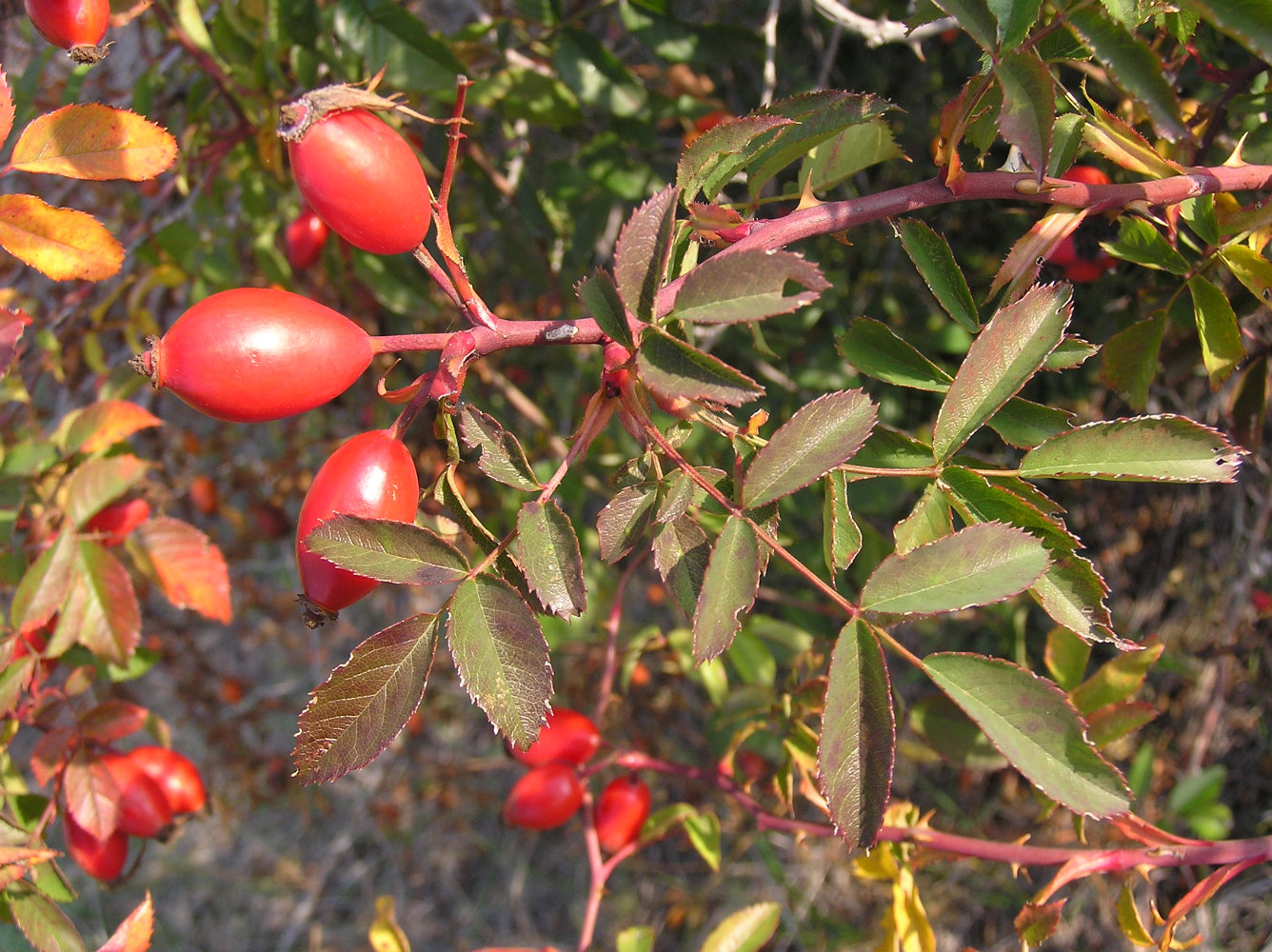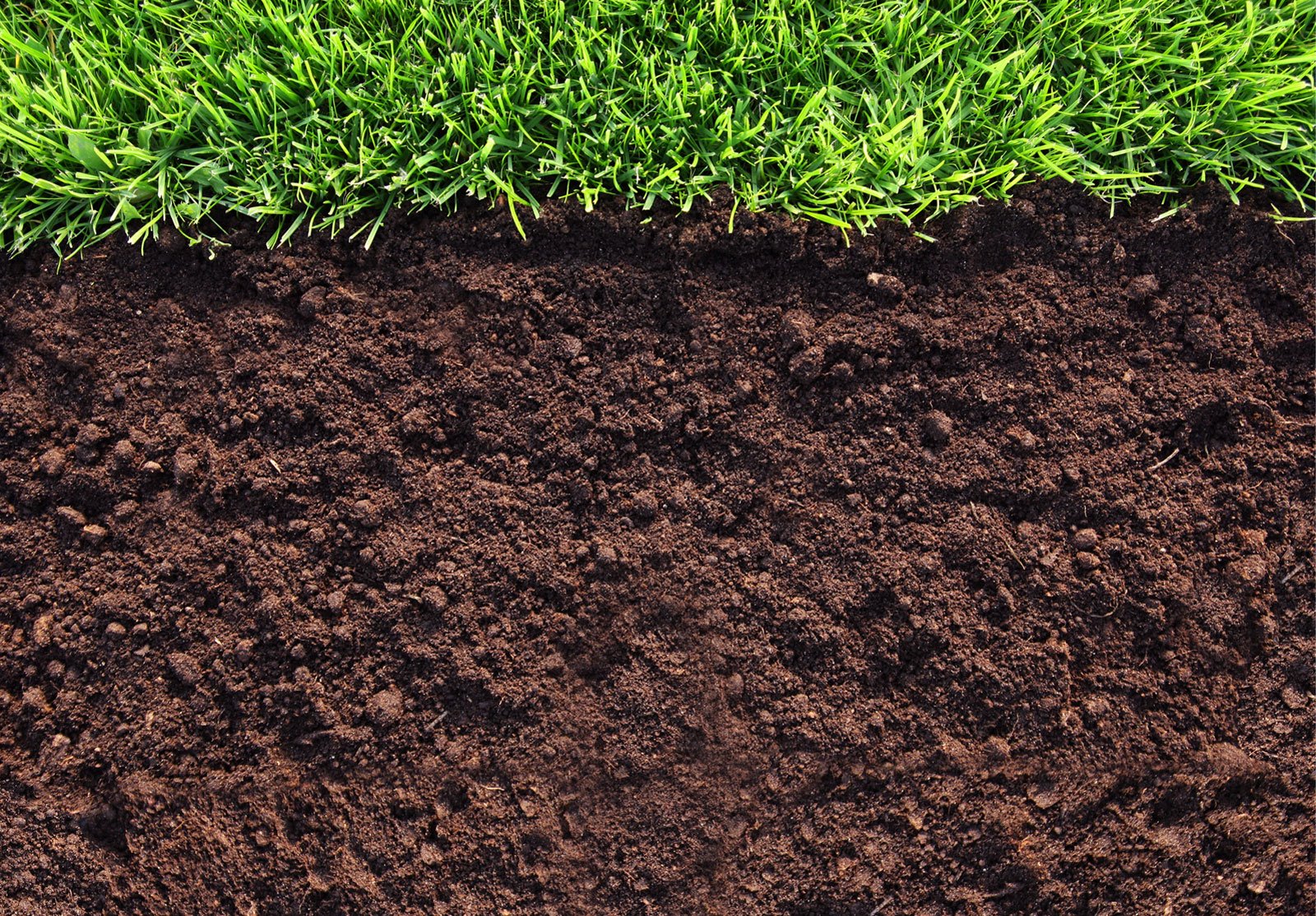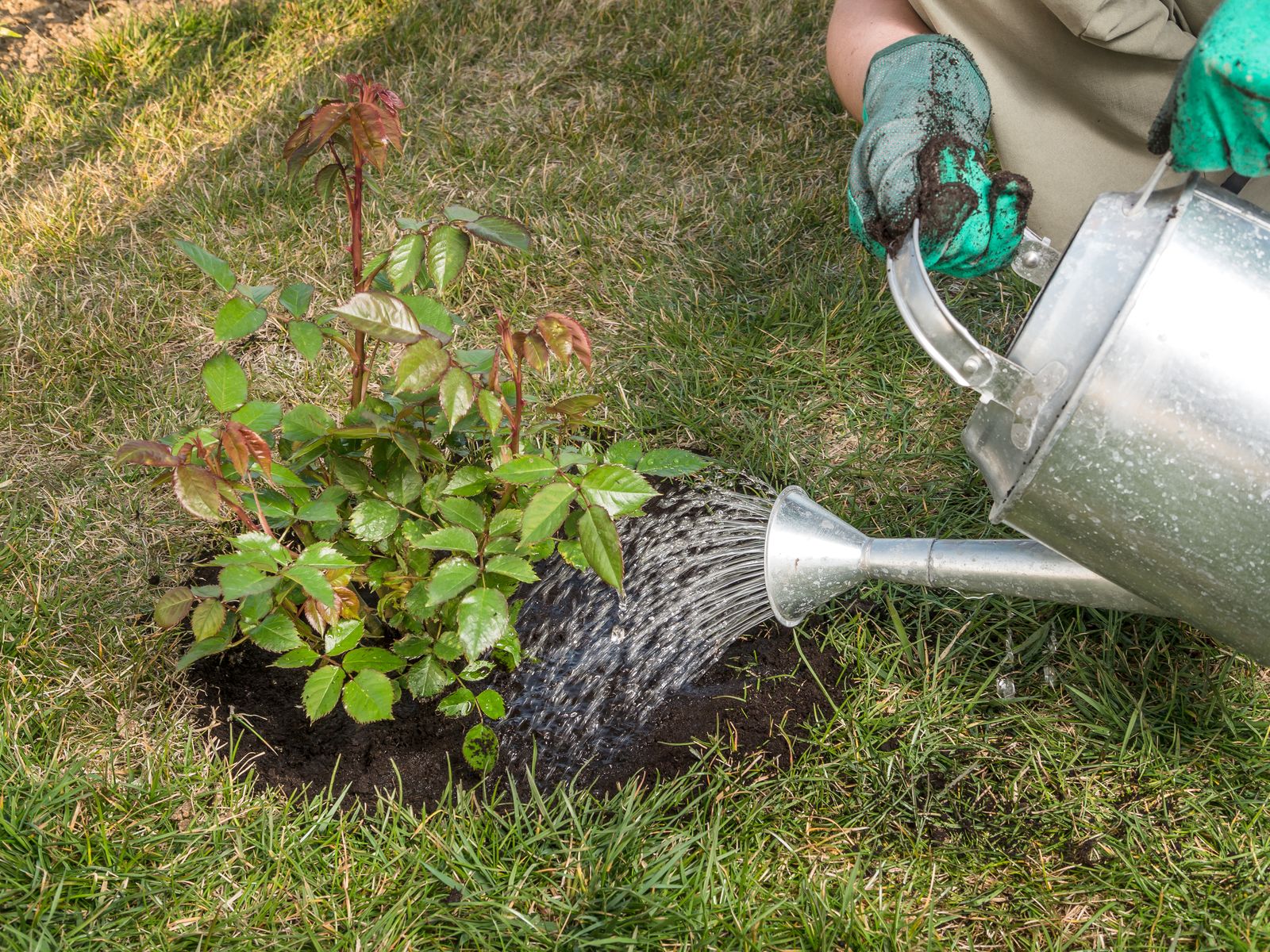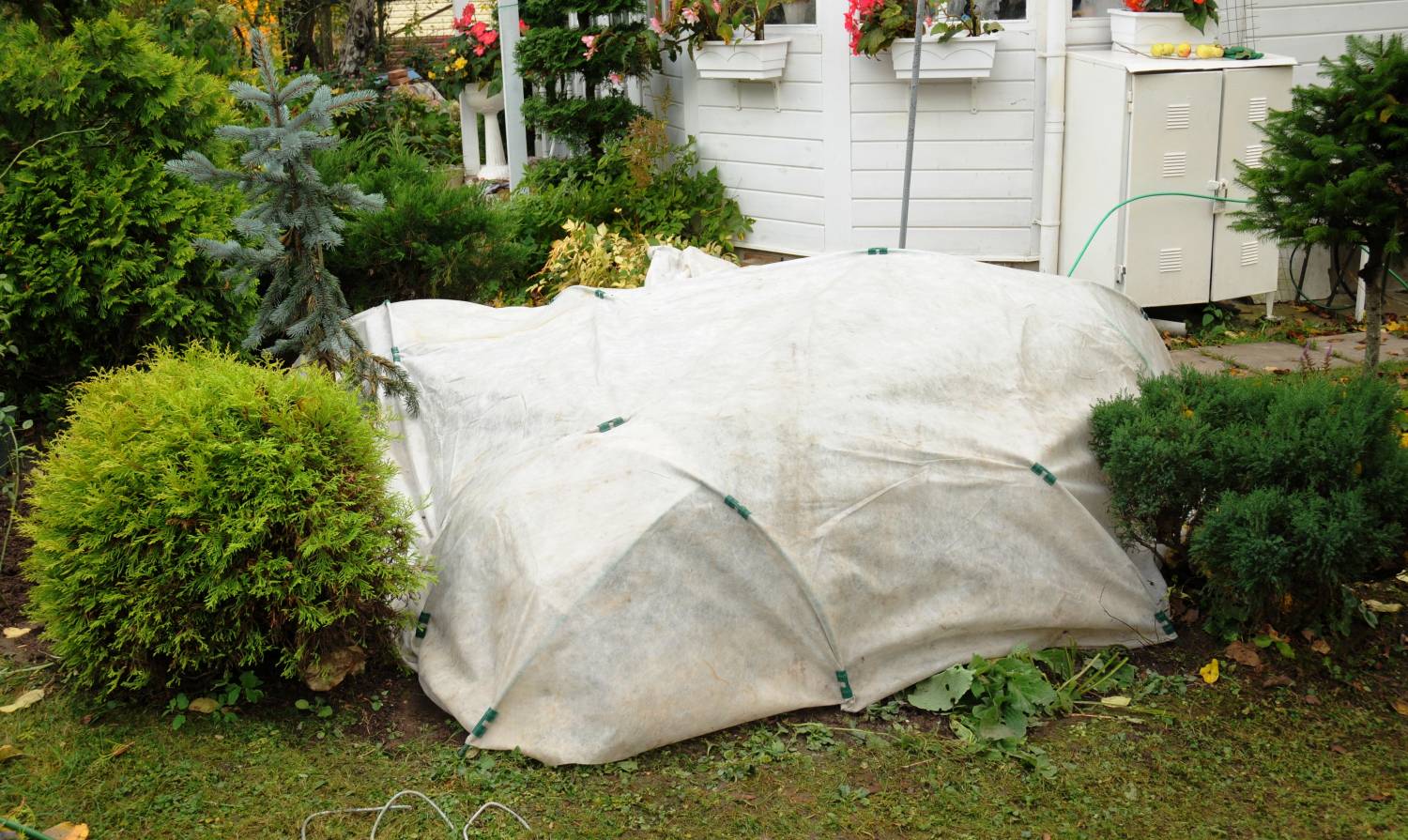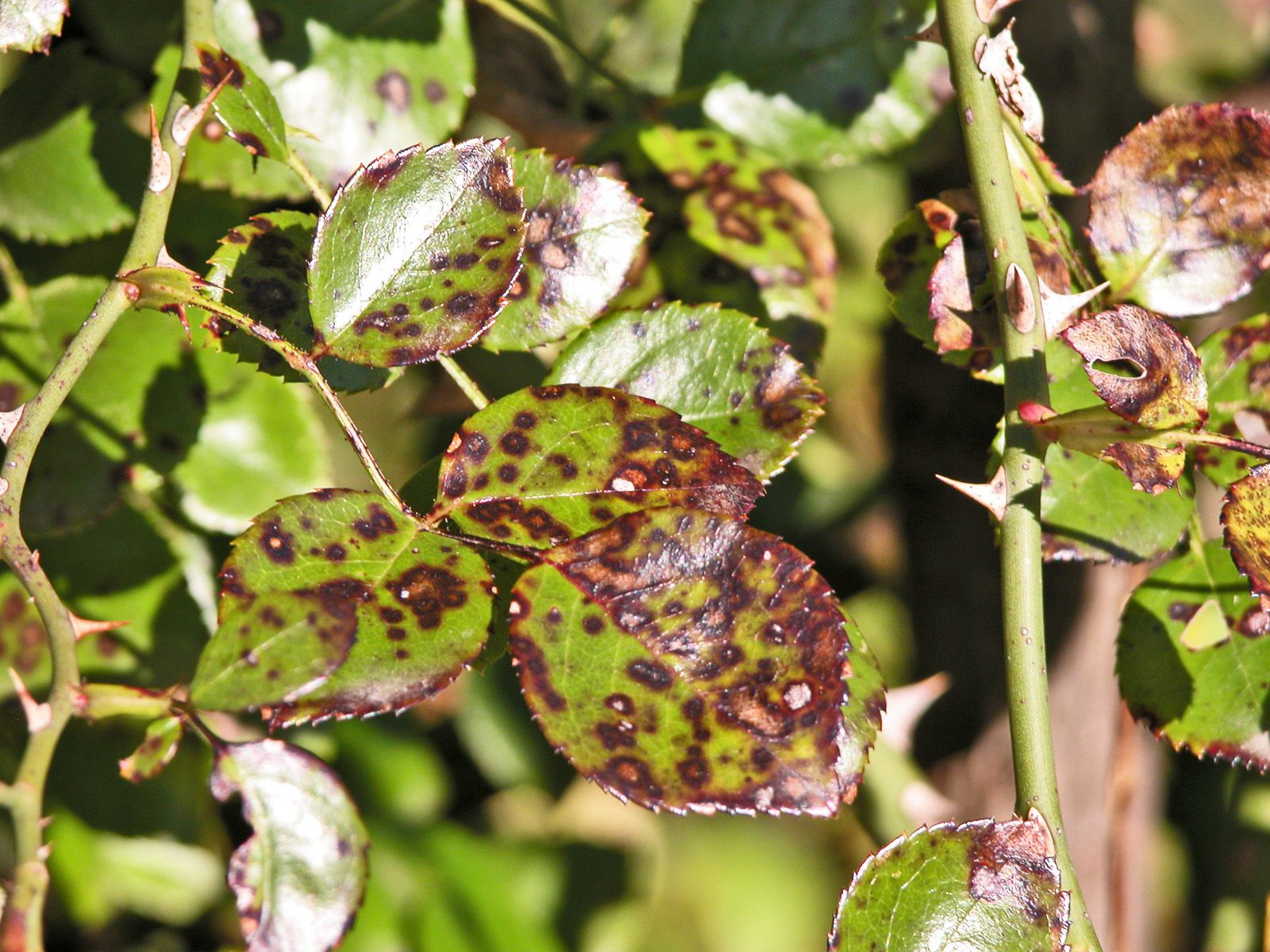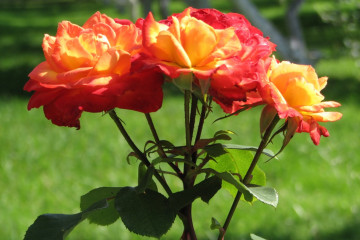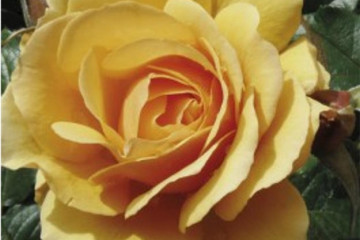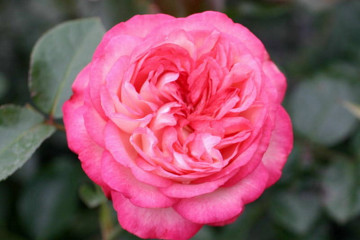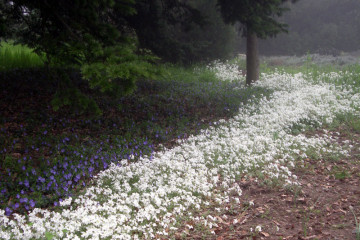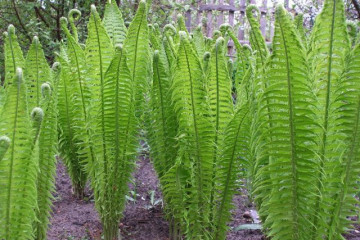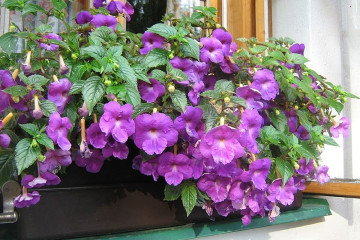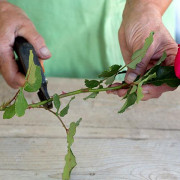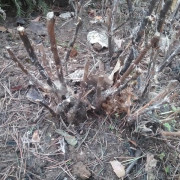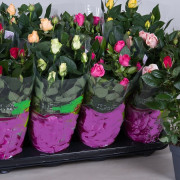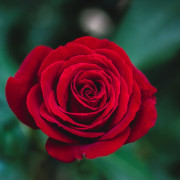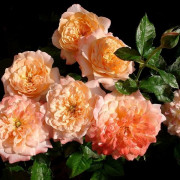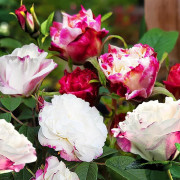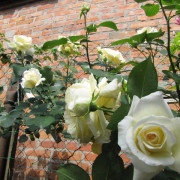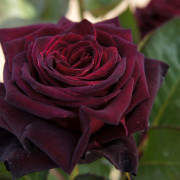Dog rose (Rosa Canina) - how to grow on the site
Content:
Dog rose (from Lat. Rosa Canina) is a flowering shrub belonging to the genus Rosehip, the Pink family. Grows in the wild. It can be found near water bodies, in ravines, on slopes, glades, wastelands and along roads. Differs in unpretentiousness, so that, if desired, it is easy to grow it in a summer cottage. It is named so because its flowers do not differ in external beauty compared to garden roses.
The appearance of a dog rose and its description
Tall bush (grows up to 1.5-3 m) with curved or arched branches. The bark is green or reddish brown. Curved thorns, like sickles. On flowering branches, they are large and dissected, arranged in pairs, on the main branches they are small and scattered. Leaves 7-9 cm long, pinnate, unpaired, toothed, wide at the base, narrower in the middle, sharp at the ends. Green in color, smooth and hairless. Flowers are white or pink, up to 8 cm in diameter, single or collected in 3-5. The berries are red, round or oblong in shape, with a smooth surface. There are seeds inside the fruit.
Differences from similar plants
Dog rose can be easily confused with the more common dog rose - May or wrinkled rose. In the latter, the leaves are wrinkled, not smooth. The main feature of the dog rose is that it has small bracts pressed against a twig. May rose hips have protruding bracts.
Healing properties
Dog rose, or rather, all its parts (roots, flowers, leaves and berries) contain useful substances and are used in medicine.
Berries contain a lot:
- vitamins C, B2, K, P;
- carotene;
- camferol;
- quercetin;
- rubixanthin;
- lycopene;
- organic acids.
The seeds are rich in vitamin E, the leaves and roots are tannins.
Rosehip is used in the treatment of various diseases. Infusions and decoctions from it help:
- lower blood cholesterol levels;
- enhance tissue regeneration and hormone synthesis;
- improve the metabolism of carbohydrates;
- strengthen the capillaries;
- normalize blood clotting;
- improve immunity;
- to provide general strengthening in case of degeneration and infections.
Diseases for which rose hips are used:
- scurvy;
- hemorrhagic diathesis;
- hepatitis, cholecystitis and other liver diseases;
- diseases of the bladder and kidneys (kidney stones);
- scarlet fever;
- dystrophy;
- whooping cough;
- pneumonia;
- atherosclerosis;
- acute and chronic infections;
- anemia;
- eczema;
- stomach diseases (gastritis, ulcer);
- eye diseases;
- gallbladder disease;
- radiation sickness;
- cold;
- periodontal disease;
- rheumatism;
- gout.
Growing a dog rose
The plant definitely needs:
- warmly;
- shine;
- fertile soil;
- Fresh air.
There are varieties that are comfortable to grow in the shade.
When it blooms, bears fruit and is harvested
Flowering time is from May to July. Fruiting from August to October.It can be harvested from late August or early September until the first frost.
Pick-up location
For cultivation, it is better to choose a sunny area, fenced off by other plants or objects from the cold wind. The soil should be black earth, loamy or gray forest. It is better that other shrubs or vegetables fertilized with organic matter previously grew in this place.
The rose hips have long roots (they go deep into the soil up to 5 m), so it is worth planting it on a hill so that they do not reach the top water (groundwater close to the surface of the earth) and do not start to rot due to excess moisture.
If the dog rose is grown for decorative purposes, then you can plant it along the fence, making a hedge. If in medicinal, then the rosehip, on the contrary, should grow away from the road, so as not to absorb harmful substances.
Boarding time
You can plant rose hips:
- Spring (more preferable);
- Autumn (less preferred).
Reproduction methods
There are several ways to grow rose hips:
- seeds;
- seedlings;
- cuttings;
- root branches.
The first two methods are the simplest. For example, when choosing a cutting, you also need a stock. And the method with taps is not suitable for those who plant a canina rose for the first time.
Seed propagation
The sequence of actions is as follows:
- Dry the berries for a week, mash them and remove the seeds.
- Take unripe seeds.
- Then they are mixed with coarse river sand (you can add peat bog).
- After that, the container with seeds should be placed in a cool, dark place with high humidity and wait until spring or autumn, periodically adding water and stirring the mixture.
- If the seeds are planted in the fall, then they are placed in the ground no more than 2-3 cm. In the spring, when shoots have appeared, they should be covered with straw or sawdust. This is necessary so that young plants do not die during frosts.
- In two autumn shoots are replanted so that future rosehip bushes develop powerful roots. When transplanting, the roots and stems are shortened.
Propagation by seedlings
Growing stages:
- Choose seedlings that are 1-2 years old.
- Dig up the landing site.
- Fertilize the soil with humus.
- Dig a hole 40x40x40 cm in size.
- Remove damaged parts of the roots.
- Place the seedling in the groove.
- Sprinkle with soil, compact.
- Drizzle.
- Mulch with humus, that is, cover the soil with it).
Features of rosehip care
Care is understood as watering, loosening the soil, pruning and preparing a flower for wintering.
Watering
Rosehip is one of those plants that do not require frequent watering. 2-3 buckets of water are enough for young roses and 5 for those that are already bearing fruit.
You need to use water that has warmed up to ambient temperature. Watering should be abundant, carried out in the morning or evening. You can not water often, but little, because in this case, the following forms on the surface:
- Dense earthy crust, which prevents further penetration of moisture, and plants experience a lack of water.
- Roots on the surface that are easily damaged during loosening.
Loosening
Loosening the soil is necessary for:
- Free access of oxygen to the roots.
- Long-term preservation of water in the ground.
- Improvements in soil quality.
You need to loosen the soil after watering.
Fertilizer
Top dressing is carried out three times:
- in the spring;
- in summer (closer to the middle);
- in the fall (shortly before preparing for winter).
You need to fertilize the plants while watering.
Pruning
This procedure is necessary in order to:
- give the bush a shape;
- remove damaged parts of the plant;
- remove old stems that take away nutrients from young shoots.
Pruning should be done in the spring before budding. The first time it is performed after the bush has been planted. It is necessary that only strong shoots remain.Damaged roots and other parts of the rose hips are removed every three years.
Pruning is done with a sharp tool such as a pruning shears with long handles. It will help you get even to hard-to-reach places.
Wintering
Only young bushes need shelter for the winter. Peat, sawdust or straw should be poured at their base. Wrap the bush itself with burlap or non-woven material. Adult plants are hardy enough to survive the winter without shelter.
Diseases and pests
Diseases specific to the dog rose:
- Powdery mildew. They fight it by cutting off all leaves affected by the disease, changing the layer of earth under the plant and treating the bush with a solution. These can be folk remedies (suitable for the early stage and prevention) and chemical preparations (effective in the late stage). For example, you can use special tools "Vitaroz", "Topaz", "Previkur".
- Rust. Diseased leaves are removed, and healthy leaves are sprayed with chemical solutions (Fitosporin, Baktofit).
- Brown and gray rot. It affects the stems, and after them the roots. Sick parts of plants should be treated with "Discor", "Gamair", copper sulfate, "Glyokladin" or folk remedies (solutions with the addition of chalk, potassium permanganate or iodine).
Insects that the bush suffers from:
- sawflies;
- spider mites;
- rose flies;
- leaf rollers.
You can get rid of pests with garlic and laundry soap. Infusion of them is used for spraying bushes. At the beginning of the season, the plants are treated with insecticides.
To use the dog rose all year round to maintain health, you can grow it yourself. But you need to take care of the plant by regularly watering and fertilizing it. Only then will it be able to repay generously.

